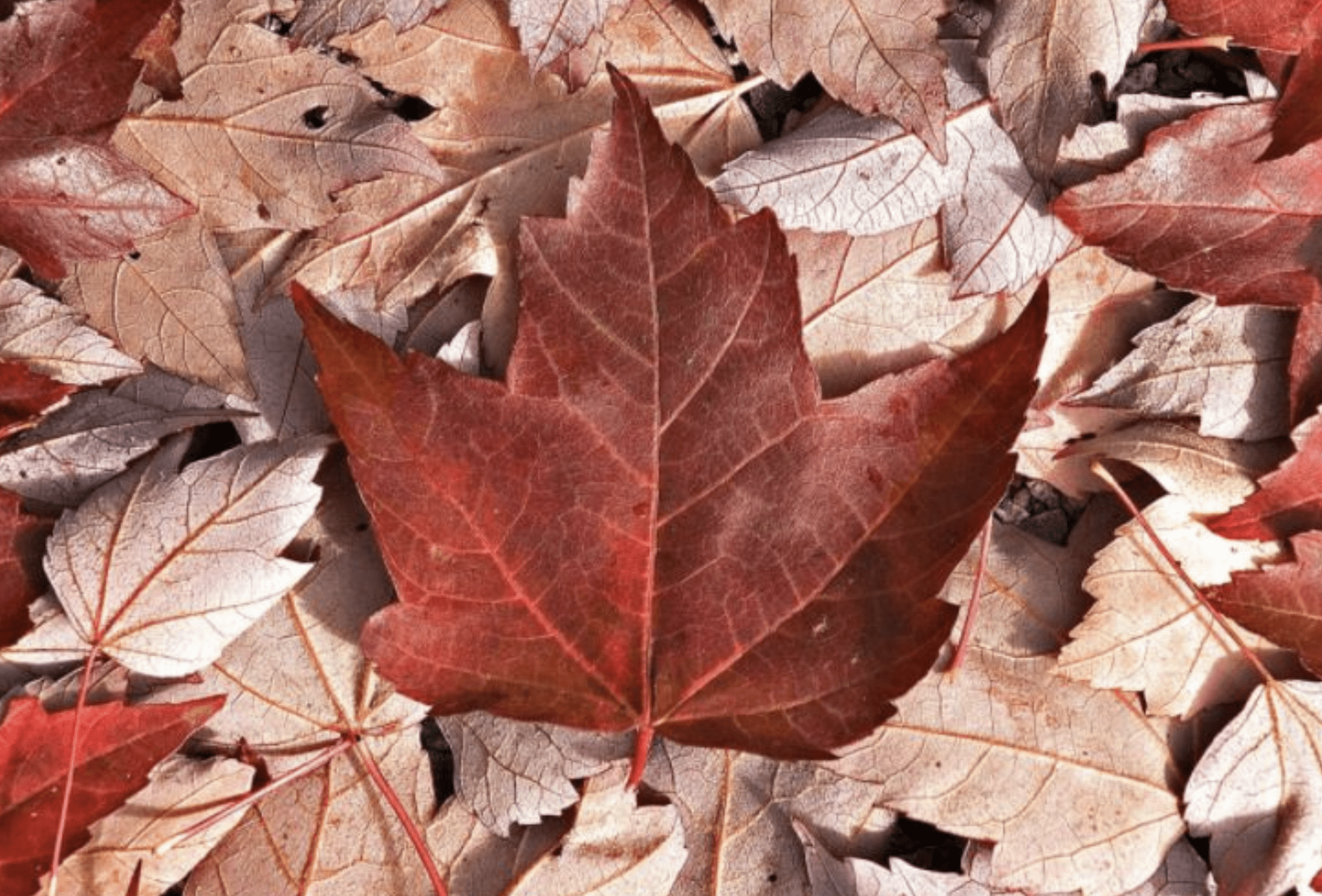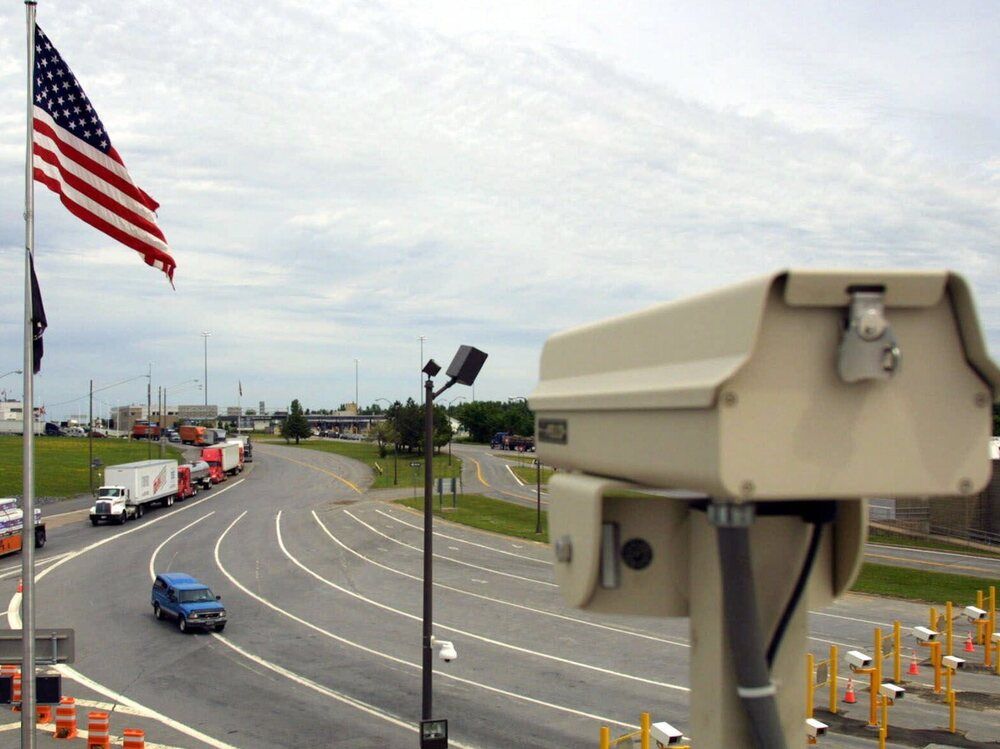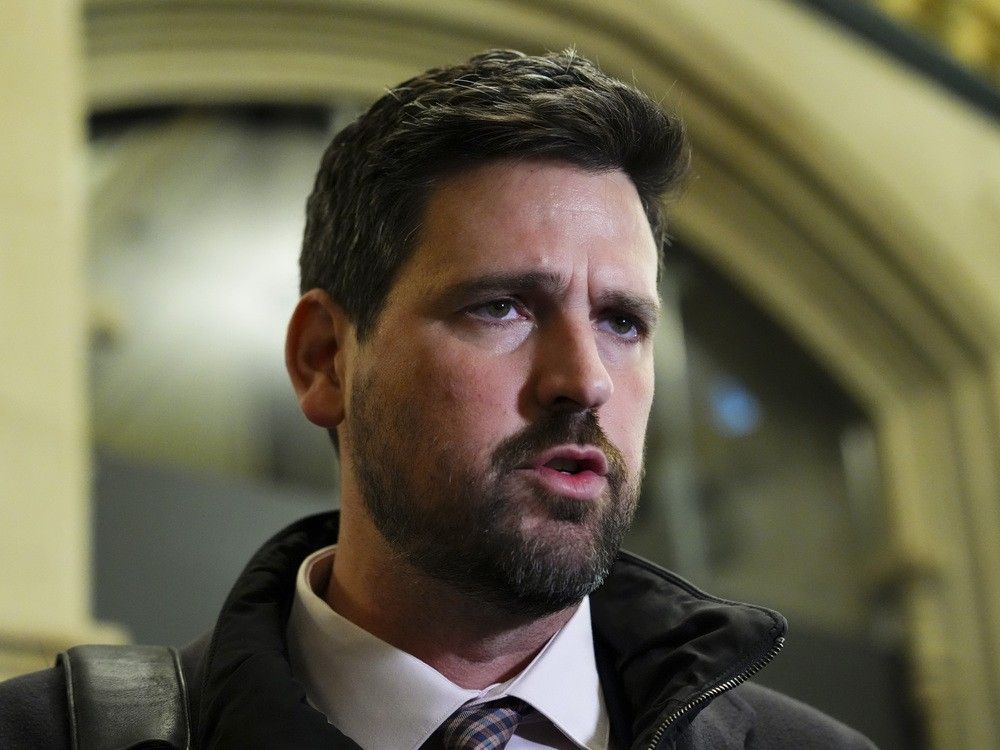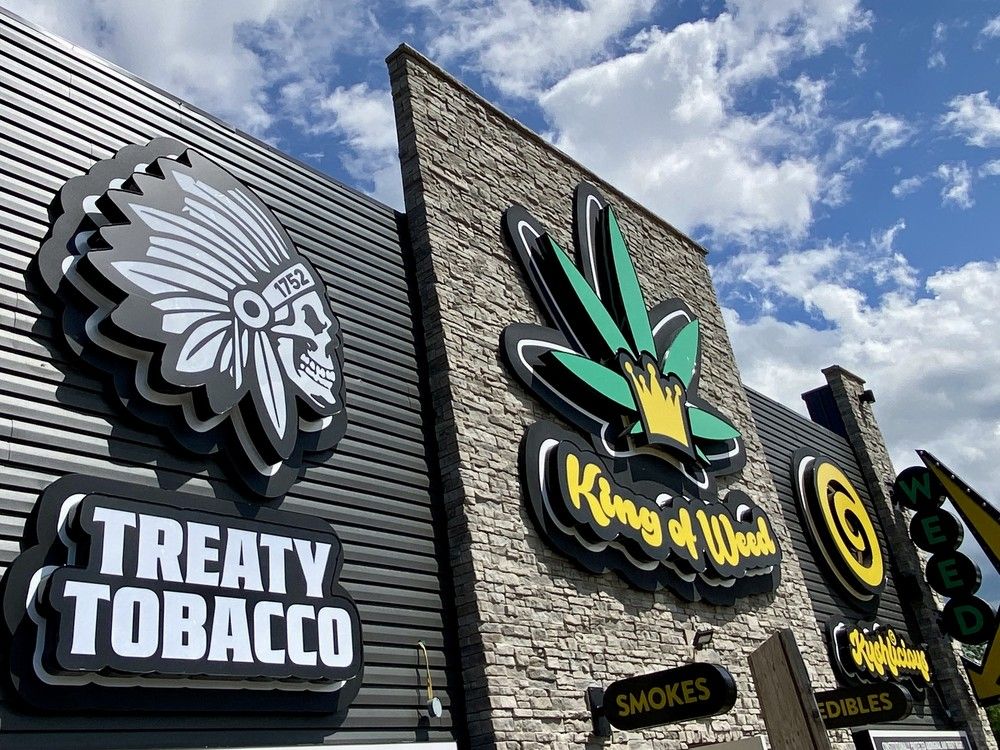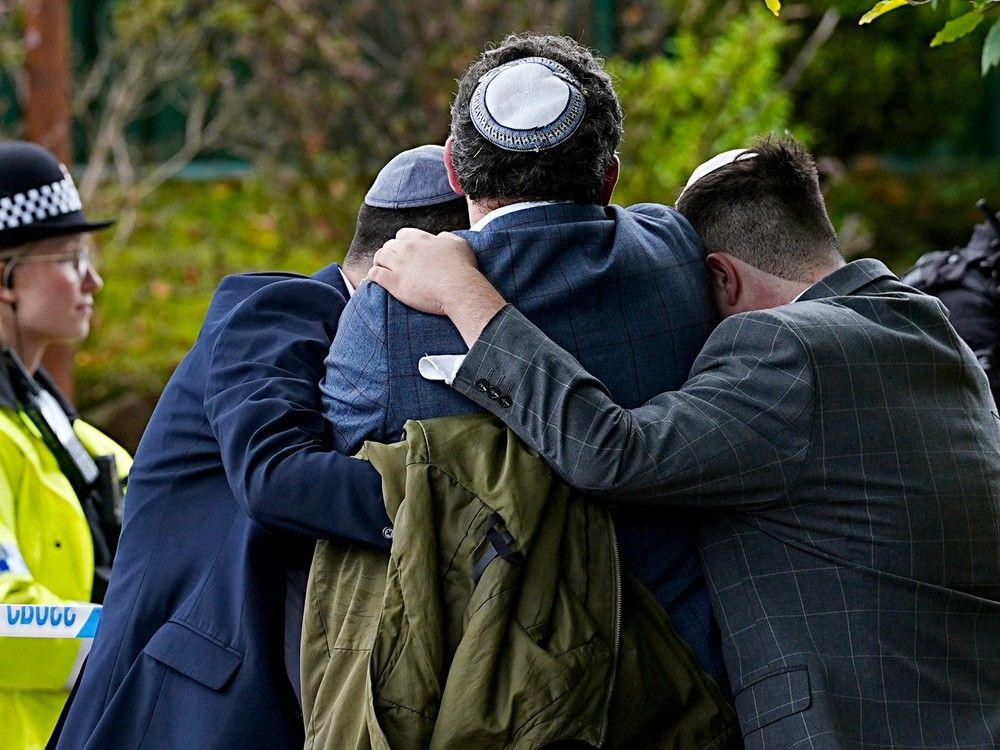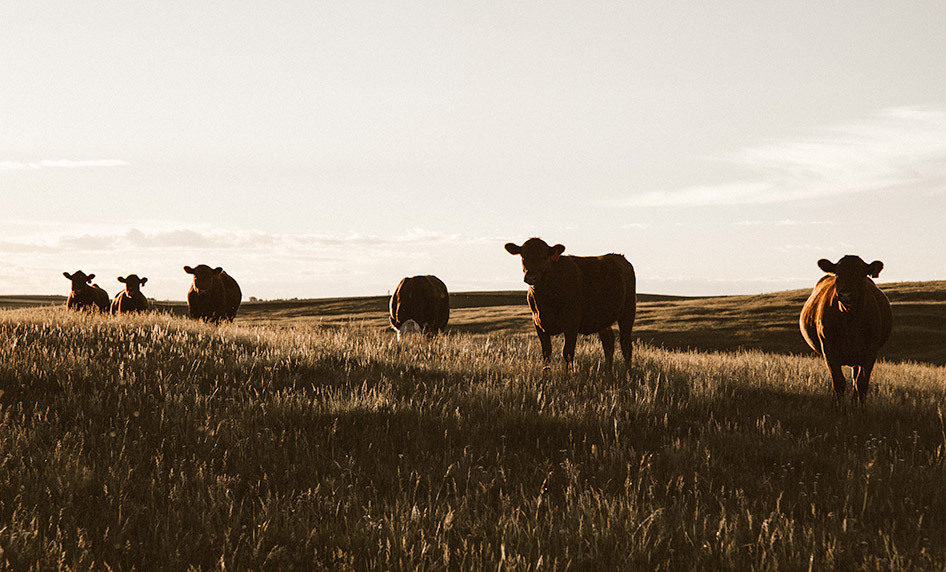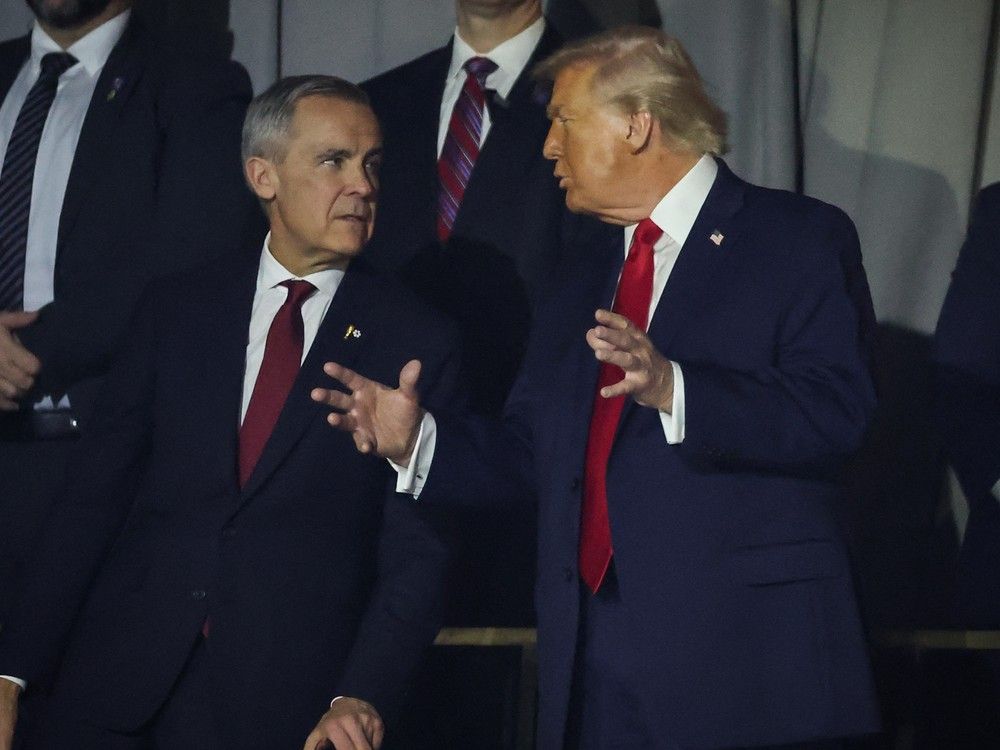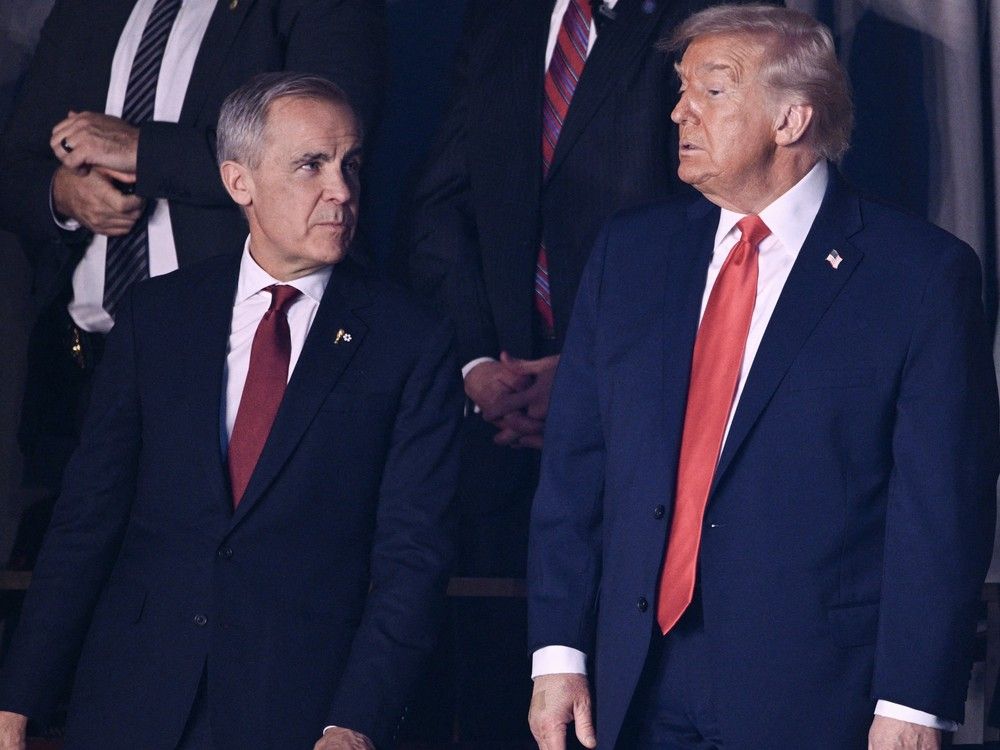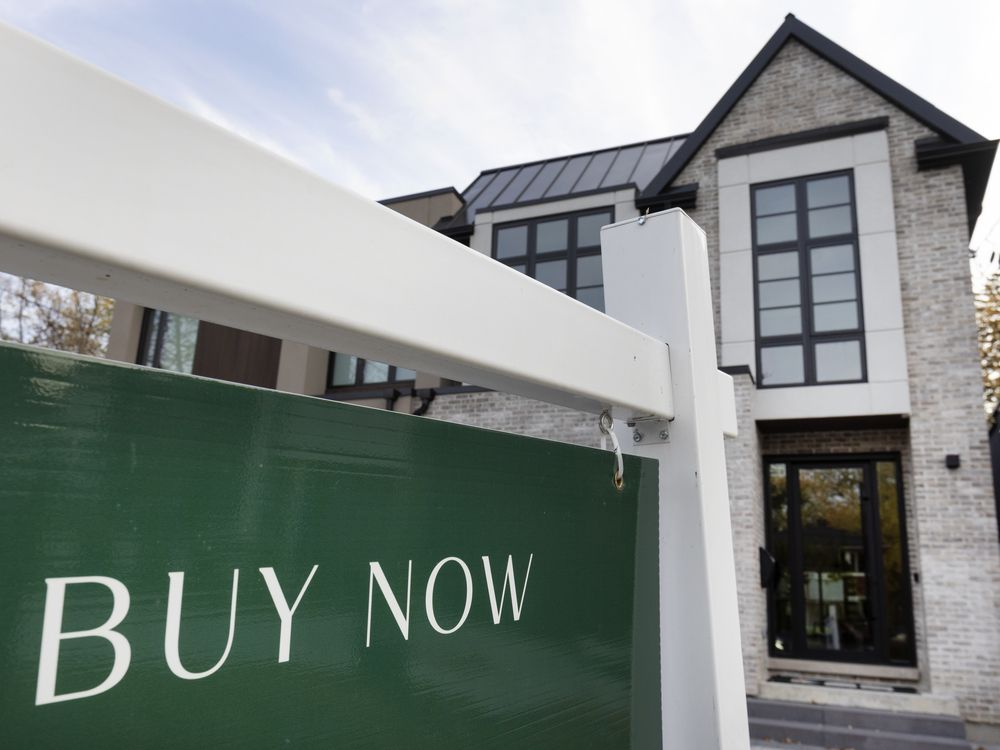
A 10-year-old New Brunswick girl suffered an apparent seizure after buying, and quickly gulping back, two large energy drinks, terrifying her family and spurring calls for a federal ban on the sale of the caffeinated beverages to minors.
When Kayla Duguay’s phone rang at 7:30 p.m. last Friday, the Miramichi mother assumed it was her daughter, Brooklyn, asking to be picked up early from a supervised “teen night” at a local recreation complex.
Instead, it was centre staff. “They told me they’d already called an ambulance. Brooklyn was having a seizure on the floor.”
When Duguay rushed to the centre, her daughter was still on the floor, surrounded by paramedics, police and lifeguards. “She was crying. She couldn’t move,” Duguay said.
“She was no longer in a seizure when I got there but her muscles had seized up so much that she couldn’t move. Her hands were stiff to her body.
“She was in pain from head to toe. She had a headache. She had a hard time getting on the stretcher; they had to lift her up.”
At the hospital, Brooklyn was triaged as Level 2 — “emergent,” meaning potential threat to life. She was suffering from “extremity weakness,” according to hospital records. In the recovery stage of a seizure, sore muscles and weakness in parts of the body are common. The diagnosis was caffeine ingestion. “They said the caffeine and sugar intake caused her to have a seizure from an elevated heart rate,” Duguay said.
The young mother is angry her daughter and three Grade 5 friends were able to purchase multiple cans of Monster energy drinks at a convenience store across from the recreation complex. The 10-year-old drank two full, 473 ml cans, plus some of a friend’s. The kids were thirsty from running around a nearby playground before going into the centre, Duguay said.
“Seeing my daughter on the floor not being able to move or speak properly was the scariest thing I’ve been through,” Duguay wrote in a social media post that has garnered more than 100 comments. She said she shared her story “just to let other parents know.
“I’ve never condoned buying energy drinks for her, ever,” Duguay told National Post. “We’ve told her plenty of times that they can be dangerous. It wasn’t just that she was able to buy them. It was the amount — it was how she was able to purchase such an excessive amount.”‘
Public health concerns are escalating over the risks caffeinated energy drinks can pose to children. Energy drinks containing more than 150 mg of caffeine per litre, which many popular brands exceed, are poised to be banned in England for under-16s. Last week, a special committee of the European Parliament studying a possible EU-wide ban on the sale of energy drinks to minors (10 member states already have age limits) heard medical researchers describe how “high acute consumers” — young people that drink at least one litre in one sitting — consume the equivalent of five espressos and 160 grams (about one cup) of sugar.
Pediatricians are seeing more children with complaints of heart palpitations and chest pains, the parliamentarians were told. Teachers are reporting an increase in restless, irritable or zoned-out kids from lack of sleep. Potential “undesirable cardiac consequences” are emerging, including arterial stiffness, stiffening of the heart’s blood vessels, in young people and children, reported Munich clinician scientist and pediatric resident Dr. Felix Oberhoffer.
Energy drinks can lead to extra heartbeats, he reported, and while that’s not necessarily a major “pathology,” a major health risk, “it does show that even small doses affect the heart rate and rhythm of young people and children.” In one small study involved 27 healthy children and teens aged 10 to 18, Oberhoffer and colleagues found that one energy drink in the morning was associated with a higher blood pressure throughout the day and into the night.
“Why do these drinks have these effects? Probably because of the enormous amounts of caffeine they contain,” Oberhoffer said. And while caffeine is the major component, energy drinks — unlike sports drinks that replace fluids and electrolytes lost in sweat — also contain other stimulants such as taurine and guarana seed extract, a plant-based stimulant. Because of their lower body weight, children and teens are more sensitive to stimulants and, therefore, more vulnerable to the effects of excess consumption.
The drinks appeal to kids as a quick source of mental and physical stimulation, the European Parliament heard. They’re marketed as boosting “focus and power.”
In Canada, energy drinks are classified as supplemented foods by Health Canada and the Canadian Food Inspection Agency. They must contain no more than 180 mg per serving and carry a “cautionary statement” on their labels stating that, in addition to pregnant or breastfeeding women and people sensitive to caffeine, the products are not recommended for children under 14.
Under new regulations, the drinks also must feature a special “Supplemented Food Facts” table meant to alert consumers to products that have added supplemental ingredients such as vitamins, minerals, amino acids or other ingredients like, for example, caffeine.
“Non-compliant products that are not appropriately labelled or that fail to meet other regulatory requirements cannot be sold in Canada,” Health Canada said in a statement to National Post.
Companies are prohibited from advertising energy drinks to children under 12; however, all have their own social media channels and aggressive marketing, through music, sports, influencers and celebrities, is “the heart of the problem,” said EU MP and Croatian physician Biljana Bozan. One
University of Ottawa-led study
found that a significant number of posts feature “teen themes” like extreme sports; nearly 10 per cent of X posts contained “child-appealing” themes. Overall, between Jan. 1, 2020, and Dec. 31, 2020, there were 222,119 user-generated or company-generated mentions of energy drink products that reached an estimated total of 351,707,901 users across platforms, the research team reported.
Health Canada makes recommendations about
maximum daily caffeine intake
, which includes 2.5 mg per kilogram of body weight for children and adolescents up to 18. Ideally, kids should have no caffeine at all, says the
Canadian Paediatric Society,
however it is present in chocolate and chocolate milk. But one member of the European Parliament asked, how is it possible to enforce a maximum daily threshold if a single can has up to 160mg of caffeine?
Duguay’s daughter weighs about 45 kilograms. Combined, she consumed about three times the recommended daily limit.
She told her mother that, after playing a few video games, she and her friends headed for the gymnasium, “but Brooklyn couldn’t make it up the stairs,” Duguay said. “She felt her heart racing, so they turned around and went back to the room where they played video games. She sat on the floor — she didn’t even make it to the couch. Friends saw her fall back and start seizing about an hour/hour-and-a-half, tops, after she had the energy drinks.”
When paramedics arrived, “all of the kids immediately admitted they’d drunk a bunch of energy drinks,” Duguay said.
“At the hospital, we got her blood tested, urine tested — everything possible to make sure that’s why she had the seizure,” she added.
“Eventually she got her mobility back. Within about an hour. But she was moving around like a sloth because her muscles were so seized up. They double-checked her kidneys, to make sure there was no kidney failure. They did an ECG (echocardiogram, a test of the heart’s activity) when she was on the ground, in the ambulance and at the hospital.”
“It was very, very scary. She’s never had any medical problems. None. It definitely made my heart race. This could have been a lot worse. She could have had a heart attack.”
“All the kids are drinking energy drinks. They all want to be like their older siblings. They all want to be like everybody they see on TikTok.”
In 2011, an expert panel convened by Health Canada recommended energy drinks be sold under the direct supervision of a pharmacist, limited to people aged 18 and older and labelled “stimulant drug containing” beverages.
The recommendations were largely ignored. Instead, a Health Canada risk assessment two years later concluded that, for adolescents 12 to 18, the caffeine content of a typical energy drink would be unlikely to pose a health hazard if taken in the recommended maximum daily levels. In other words, “at moderate levels there are minimal risks,” said David Hammond, a professor and university research chair in the School of Public Health Sciences at the University of Waterloo.
“But there are lots of people, including kids, who don’t consume at moderate levels,” said Hammond.
The risks are greater when used in conjunction with sports or alcohol, “which, again, are some of the most common patterns of use,” he said.
“I’m not a medical doctor, but they’re stimulants. They increase blood pressure and heart rate. When you’re doing sports or vigorous activities, you’re already stressing your cardiovascular system. Your heart rate and blood pressure is already up and you’re adding additional stress on top of that.”
In 2008, James Shepherd’s 15-year-old-son, Brian, died from an unexplained arrhythmia several hours after drinking an energy drink handed out by company representatives at a day-long paintball tournament. “In one 12-hour period from 7:30 a.m. to 7:30 p.m. on January 6, 2008, I lost a vibrant, healthy and much-loved 15-year-old son,” Shepherd, who suspected that the drink was at least a contributing factor to his son’s death, testified before a parliamentary health committee.
In one study, Hammond and colleagues
surveyed, 2,055 teens and young adults ages 12 to 24.
Most had reported consuming an energy drink. Of those who did, just over half said they experienced at least one adverse event such as a fast heartbeat, a “jolt and crash” (increased alertness and energy, followed by a sudden plummet in both), headache, jittery/shaking or chest pain. Many (22.5 per cent) had also consumed alcohol, or were participating in physical activity (18.5 per cent), nearly half reported none of these activities, and most had consumed less than the recommended maximum of one or two drinks.
The authors of a recent
major review of 57 studies involving more than 1.2 million children
across nearly two dozen countries said that while it’s difficult to prove a cause-and-effect link, policy makers should adopt the “precautionary principle” to reduce harm to kids.
Poland banned the sale of energy drinks to under 18s in 2024. So far, it has had limited impact: “Among those attempting direct purchases in shops, only 19.3 per cent were consistently asked to provide proof of age,”
researchers recently reported
.
Still, the U.K seems bent on a ban to minors amid a burgeoning global energy drink market, which was estimated at
US$83.5 billion in 2025
and is forecasted to reach US$116 billion by 2030.
Cautionary statements like Health Canada’s aren’t a magic bullet, Hammond said. “We have warnings on cigarette products, and we still have four million people who smoke.” The “supplemented” labels are also rather vague, he added. “When we use the word ‘supplement,’ most often people think, ‘Oh, that’s a nutritional supplement. That’s good for me. That’s what we do for old folks and little kids, and infants. What it’s meant to do is flag things that are in such high concentrations they could be harmful, but most folks aren’t picking up on that.”
If both the industry and Health Canada say kids shouldn’t be drinking energy drinks, Hammond said it would seem to logically follow that both industry and government would agree to a minimum legal age of sale.
“It’s really up to governments and manufacturers to figure out what the proportional response is,” Hammond said. Jurisdictions like the U.K. have said cautionary labels aren’t enough.
“One way that you actually clearly signal that these are not for young kids to drink is to say they shouldn’t be sold to them,” Hammond said.
In a statement to National Post, the Canadian Beverage Association (CBA) called a sales restriction on energy drinks “arbitrary, discriminatory, ineffective and not justified.”
Caffeinated energy drinks have been sold and safely consumed in Canada for more than two decades and are available in more than 170 countries, CBA President Krista Scaldwell said. Member companies adhere to several voluntary marketing commitments, she added, including a commitment “to not engage in any direct commercial activity” in relation to energy drinks in K-12 schools and not to advertise energy drinks “in programming/advertising whose primary target audience is children.”
“The CBA supports Health Canada’s strict science-based approach and remains committed to public education and working with regulators to ensure Canadians can make informed choices,” Scaldwell said.
After a few hours in emergency, Brooklyn was sent home with instructions to stay hydrated.
Duguay said she was aware her daughter was going to the store with friends for snacks before heading back to the centre, which is walking distance. “I GPS her every move.” Kids can’t leave the Friday night social without being signed out by a parent. Duguay was waiting to collect Brooklyn when her phone rang.
Duguay was a bartender in her early 20s. “We would be charged or fined or in trouble if we over-served alcohol. We had to parent the adults. We had to say, ‘No, we have to cut you off. You can’t have any more for your own safety.’
“But there’s nothing to keep people from selling energy drinks to 10-year-olds.”
Monster Energy did not respond to requests for comment before deadline.
National Post
Our website is the place for the latest breaking news, exclusive scoops, longreads and provocative commentary. Please bookmark nationalpost.com and sign up for our daily newsletter, Posted, here.




